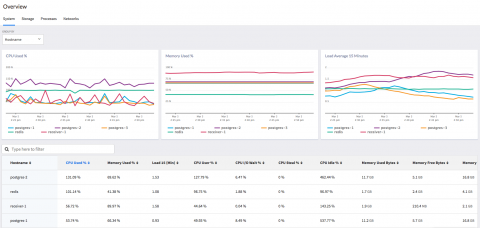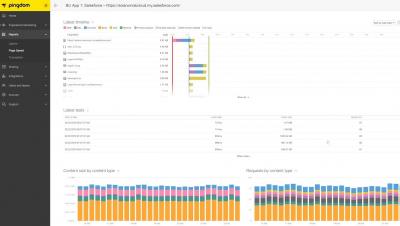Postmortems Part 3: Getting The Most Out Of Your Postmortem Meetings
When we announced the launch of our Postmortem Guide, I wrote about the value of performing blameless postmortems and how to establish a culture of continuous learning. In this final installment of our blog series on postmortems, I share how to have effective postmortem meetings.











